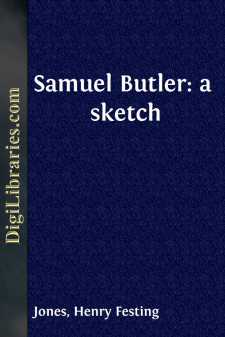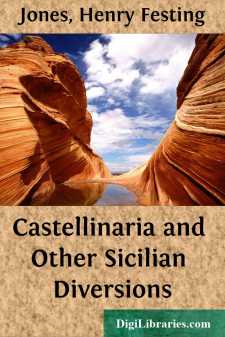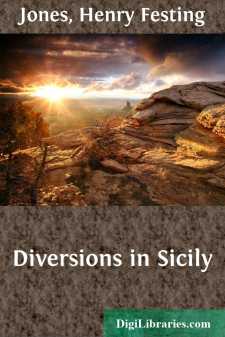Categories
- Antiques & Collectibles 13
- Architecture 36
- Art 48
- Bibles 22
- Biography & Autobiography 816
- Body, Mind & Spirit 145
- Business & Economics 28
- Children's Books 17
- Children's Fiction 14
- Computers 4
- Cooking 94
- Crafts & Hobbies 4
- Drama 346
- Education 58
- Family & Relationships 59
- Fiction 11834
- Foreign Language Study 3
- Games 19
- Gardening 17
- Health & Fitness 34
- History 1378
- House & Home 1
- Humor 147
- Juvenile Fiction 1873
- Juvenile Nonfiction 202
- Language Arts & Disciplines 89
- Law 16
- Literary Collections 686
- Literary Criticism 179
- Mathematics 13
- Medical 41
- Music 40
- Nature 179
- Non-Classifiable 1768
- Performing Arts 7
- Periodicals 1453
- Philosophy 66
- Photography 2
- Poetry 897
- Political Science 203
- Psychology 45
- Reference 154
- Religion 516
- Science 126
- Self-Help 85
- Social Science 82
- Sports & Recreation 34
- Study Aids 3
- Technology & Engineering 59
- Transportation 23
- Travel 463
- True Crime 29
Our website is made possible by displaying online advertisements to our visitors.
Please consider supporting us by disabling your ad blocker.
Samuel Butler: a sketch
Categories:
Description:
Excerpt
Samuel Butler: A Sketch
Samuel Butler was born on the 4th December, 1835, at the Rectory, Langar, near Bingham, in Nottinghamshire. His father was the Rev. Thomas Butler, then Rector of Langar, afterwards one of the canons of Lincoln Cathedral, and his mother was Fanny Worsley, daughter of John Philip Worsley of Arno’s Vale, Bristol, sugar-refiner. His grandfather was Dr. Samuel Butler, the famous headmaster of Shrewsbury School, afterwards Bishop of Lichfield. The Butlers are not related either to the author of Hudibras, or to the author of the Analogy, or to the present Master of Trinity College, Cambridge.
Butler’s father, after being at school at Shrewsbury under Dr. Butler, went up to St. John’s College, Cambridge; he took his degree in 1829, being seventh classic and twentieth senior optime; he was ordained and returned to Shrewsbury, where he was for some time assistant master at the school under Dr. Butler. He married in 1832 and left Shrewsbury for Langar. He was a learned botanist, and made a collection of dried plants which he gave to the Town Museum of Shrewsbury.
Butler’s childhood and early life were spent at Langar among the surroundings of an English country rectory, and his education was begun by his father. In 1843, when he was only eight years old, the first great event in his life occurred; the family, consisting of his father and mother, his two sisters, his brother and himself, went to Italy. The South-Eastern Railway stopped at Ashford, whence they travelled to Dover in their own carriage; the carnage was put on board the steamboat, they crossed the Channel, and proceeded to Cologne, up the Rhine to Basle and on through Switzerland into Italy, through Parma, where Napoleon’s widow was still reigning, Modena, Bologna, Florence, and so to Rome. They had to drive where there was no railway, and there was then none in all Italy except between Naples and Castellamare. They seemed to pass a fresh custom-house every day, but, by tipping the searchers, generally got through without inconvenience. The bread was sour and the Italian butter rank and cheesy—often uneatable. Beggars ran after the carriage all day long, and when they got nothing jeered at the travellers and called them heretics. They spent half the winter in Rome, and the children were taken up to the top of St. Peter’s as a treat to celebrate their father’s birthday. In the Sistine Chapel they saw the cardinals kiss the toe of Pope Gregory XVI., and in the Corso, in broad daylight, they saw a monk come rolling down a staircase like a sack of potatoes, bundled into the street by a man and his wife. The second half of the winter was spent in Naples. This early introduction to the land which he always thought of and often referred to as his second country made an ineffaceable impression upon him.
In January, 1846, he went to school at Allesley, near Coventry, under the Rev. E. Gibson. He seldom referred to his life there, though sometimes he would say something that showed he had not forgotten all about it. For instance, in 1900, Mr....




